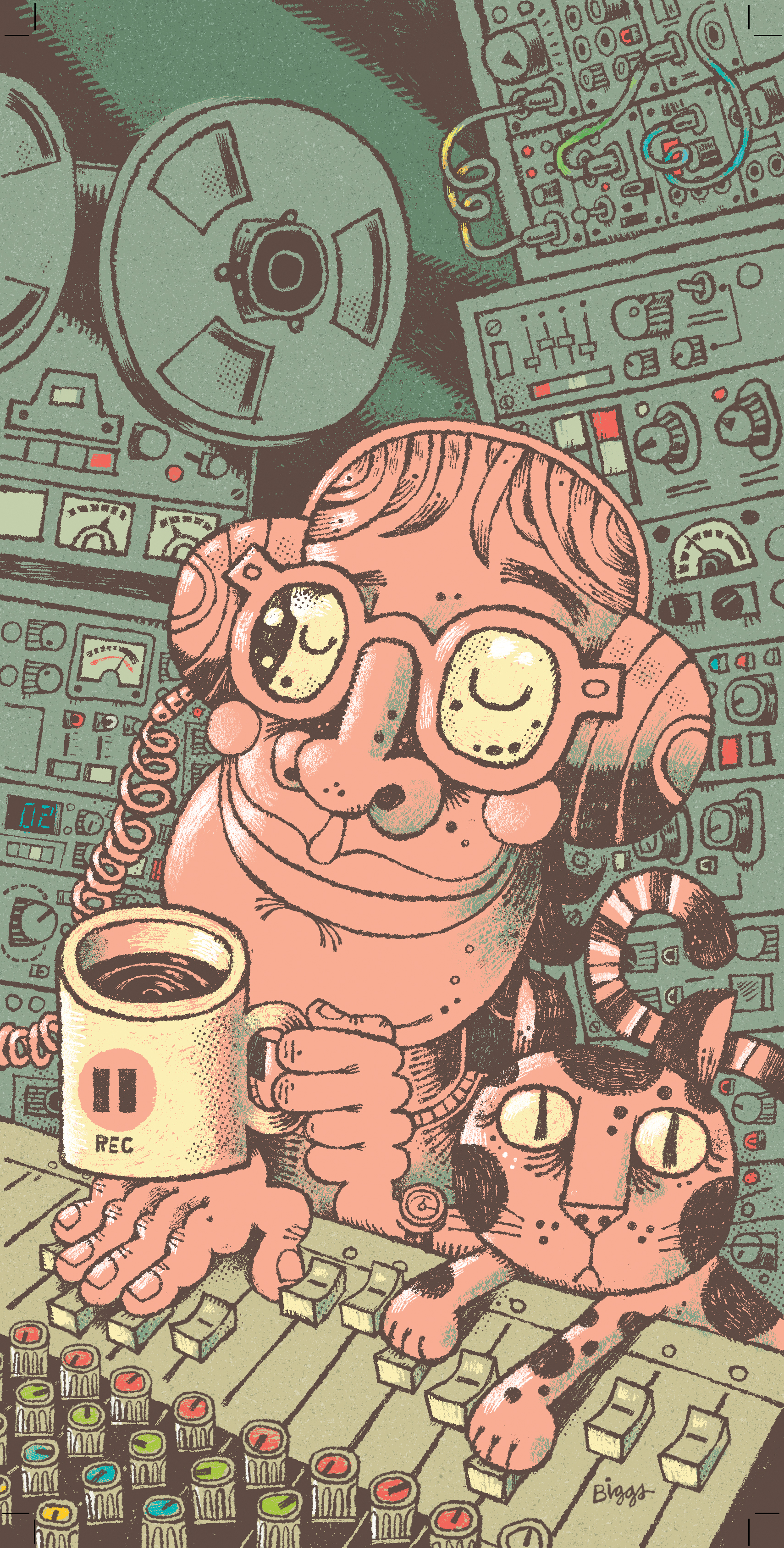I’m a faithful Trident user and have had several Trident recording consoles over the years. Trident Studios was formed by two brothers, Norman and Barry Sheffield, in 1968, with artists such as Manfred Mann, The Beatles, David Bowie, and Elton John recording there. When the studio upgraded from 16 to 24-track they weren't able to source a console, so Malcolm Toft [Tape Op #26] and Barry Porter (engineer and maintenance) teamed together to custom build and design what would become the Trident A Range console. This led Toft to becoming managing director of Trident Audio Developments, Ltd., and a legacy was born.
I was excited to see Trident Audio Developments’ release the 500 Serie 80B-EQ. I remember discussing with Malcolm about the Trident Trimix console I once owned, and he remarked it was basically a baby version of the 80B, which showed in its construction, transformers on each input channel, and nice EQs. The new 80B-EQ incorporates the classic four band equalizer, which consists of frequency switchable high and low pass shelving sections coupled with two swept low and high midrange bands and a switchable 50 Hz, 12 dB per octave filter. Both swept midranges have been carefully chosen for maximum effect on music, and a good degree of overlap is provided. There is a low filter switch that introduces a smooth 50 Hz, 12 dB/octave roll-off to effectively eliminate rumble.
I recently helped install a new Trident 88 custom console at WFIT, the NPR radio station in Melbourne, Florida. I was impressed by the sound quality of the desk when going through test recordings, especially the EQs, which are extremely musical. I put the 80B-EQ to the test in my own studio and compared them to my 1986 Trident 24, which has been completely overhauled and recapped. I first used it on guitars for an indie rock session I was recording. The outcome was similar to the 28 EQs in my console. For rhythm guitars, I boosted the high mids at 6 kHz at around 1 o’clock. To get a thicker overdriven rhythm guitar sound I carefully boosted the low mids at around 600 to 800 Hz – too much will lead into muddy territory. I left the upper mids alone and boosted the highs at 8 kHz, and that gave me meaty bottom guitar rhythm without losing any definition or articulation.
The 80B-EQ is a wonderful recreation of a classic British EQ in a small package and affordable price point. I believe this would be beneficial to those who are working mostly in the box and want to add a little conventional analog EQ signal to their recordings. It is simple and intuitive to use, with a pedigree that reaches back 50 years.




_disp_horizontal_bw.jpg)